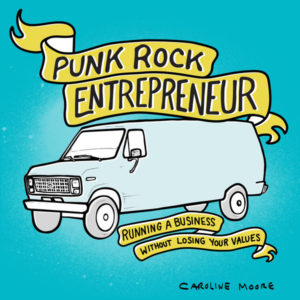Creative Kickstarters Worth Kicking
With our Spring 2017 Kickstarter project up and running (and going so well!) I thought I’d highlight a few other current projects that really caught our eyes. You might dig them, too.
Queen Girls
From the Kickstarter: Stories of real women turned into fairy tales. Inspiring girls to follow their dreams.
Why we love it: It’s way past time that young girls were given the same types of heroes and choices as boys. Taking real-life stories of women who changed the world and turning them into the heroes of children’s picture books is fantastic, AND they donate a book for every book bought– how cool is that?
Me&EVE
From the KS: “Recording non-airbrushed biographies is valuable, but what is most valuable is giving women the 5-10 minutes to be seen, heard and acknowledged. It is powerful experience on both ends of the lens. I am honored to be doing this project and grateful to the hundreds of women who have trusted me with their story. me&EVE is uniting women – one photo, one story and one woman at a time.”
Why we love it: Described as something like Humans of New York but with a full focus on women, we’re totally into this project that puts real women and their stories in front of the camera.
Harriet Tubman : Demon Slayer
From the KS: “A graphic novel based on the true life of the freedom fighter with genre liberties… Log Line: When slave owners can’t stop the formidable ninja warrior Harriet Tubman, they call on the help of Vampires, Werewolves, Witches, & Demons to stop her. Harriet Tubman must lead a family of slaves to freedom while battling an army of darkness.”
Why we love it: We love the idea of taking a historical hero and making her even more amazing while giving her even more credit. On top of that, who can say no to such a kick-ass hero, and the creative diversity implied by comparing it to Django Unchained, Buffy, and Fury Road?
[Super]Natural Attraction
From the KS: “Persephone died and was brought back to life by her friend Victoria. Now she can see the supernatural creatures hiding in plain sight. Persephone was about start her second year of college, when she was tragically killed in a hit and run. Luckily, her eccentric med-student roommate have found a way to “fix” her. She is now returned from the dead with only a few scars as proof it of the incident. ”
Why we love it: This looks like a progressive, body-positive, fun comic that blends a lot the things we like to see in graphic novels: well-developed diverse characters, a strong focus on women and people of color, and a blend of magical realism, humor, and teen angst.
Nerve Endings
From the KS: “Too often trans stories have been written from a cis perspective, with a cis reader in mind, addressing cis concerns about trans people rather than our own concerns. This is especially true when it comes to erotica: literature that deals necessarily with bodies, with our relationships to them, and with our relationships to one another.
Edited by Tobi Hill-Meyer and published by Instar Books, NERVE ENDINGS: THE NEW TRANS EROTIC features thirty writers connected to trans community telling thirty distinct stories about the erotic and our relationship to it.”
Why we love it: Excluding celebrities and big-news stories, trans voices are rarely heard, and have often been stifled instead of celebrated. Made by and for people in the trans community, this looks like it could be a great addition to the world of erotica and sexual expression.
The Tiny Mess
From the KS: “…a cookbook about people, places, small kitchens, and the delicious meals that come out of them. It is a whimsical hodgepodge of recipes, culinary adventure, medium-format photography, and, of course, petite and inspiring cooking spaces that prove constraints are nothing but an invitation for creativity.”
Why we love it: We’re big fans of small and sustainable living, so this independently made book is definitely up our alley. And check out those cute tea towel rewards!
Disfluency
From the KS: “Disfluency is a short film that follows a young woman through her daily life, from her passive usage of the phrase “I’m sorry,” to her being raped and the emotional aftermath. All the while, this habit of apologizing eerily stays with her throughout, begging the question: have we let rape become a cultural disfluency—an expected, almost unnoticeable interruption—in our culture?”
Why we love it: This is a tough, emotional topic that can really hit hard, and the project video is something like beautiful. Whether you’re able to support it or not, the video alone is some raw truth that is worth watching.
And, in case you haven’t check out our Spring project yet, here’s the project video, and check out our test run of Kickstarter Live tomorrow afternoon 2pm PST…
From everyone here at Microcosm to all of these fantastic creators, we wish you the best of luck, and wild success.
Stay awesome.
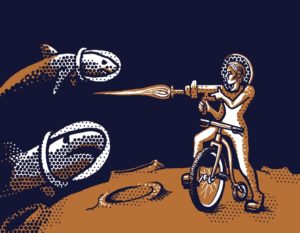 Submissions are open for Bikes in Space Volume 5, published by Microcosm’s Elly Blue Publishing imprint. The theme is Intersections. Stories that are accepted will all have a feminist perspective and incorporate bicycling in some way, whether or not they are actually about feminism or about bicycles. We especially welcome submissions from writers of color and transgender and nonbinary writers, and seek stories that portray more diverse perspectives than are classically found in sci fi.
Submissions are open for Bikes in Space Volume 5, published by Microcosm’s Elly Blue Publishing imprint. The theme is Intersections. Stories that are accepted will all have a feminist perspective and incorporate bicycling in some way, whether or not they are actually about feminism or about bicycles. We especially welcome submissions from writers of color and transgender and nonbinary writers, and seek stories that portray more diverse perspectives than are classically found in sci fi.
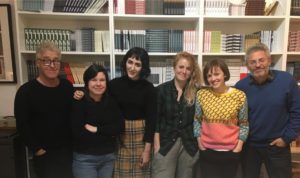 As part of our Year of Independence, we’ve been interviewing independent booksellers who we love. This month, instead of a bookstore, we’re turning to
As part of our Year of Independence, we’ve been interviewing independent booksellers who we love. This month, instead of a bookstore, we’re turning to  Our newest staff person is editorial and marketing assistant Tomy Huynh! Tomy (his name is pronounced as though it’s spelled Tommy) manages our data, which despite his modest description is a huge and daunting multi-faceted task full of highly contingent details which few people, no matter how brilliant, are able to wrap their brains around.
Our newest staff person is editorial and marketing assistant Tomy Huynh! Tomy (his name is pronounced as though it’s spelled Tommy) manages our data, which despite his modest description is a huge and daunting multi-faceted task full of highly contingent details which few people, no matter how brilliant, are able to wrap their brains around. 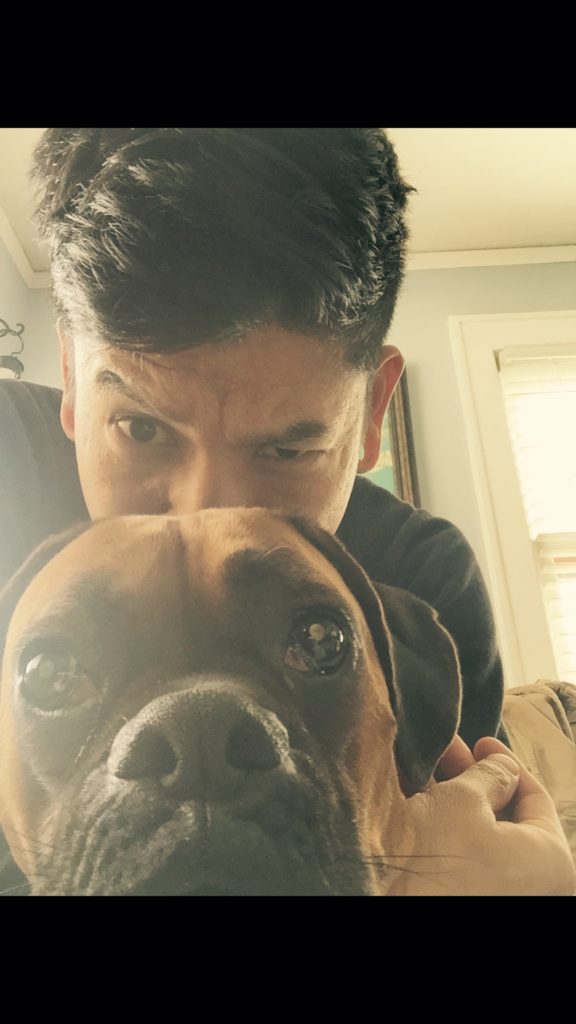
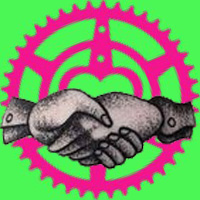 Here is our joint statement:
Here is our joint statement: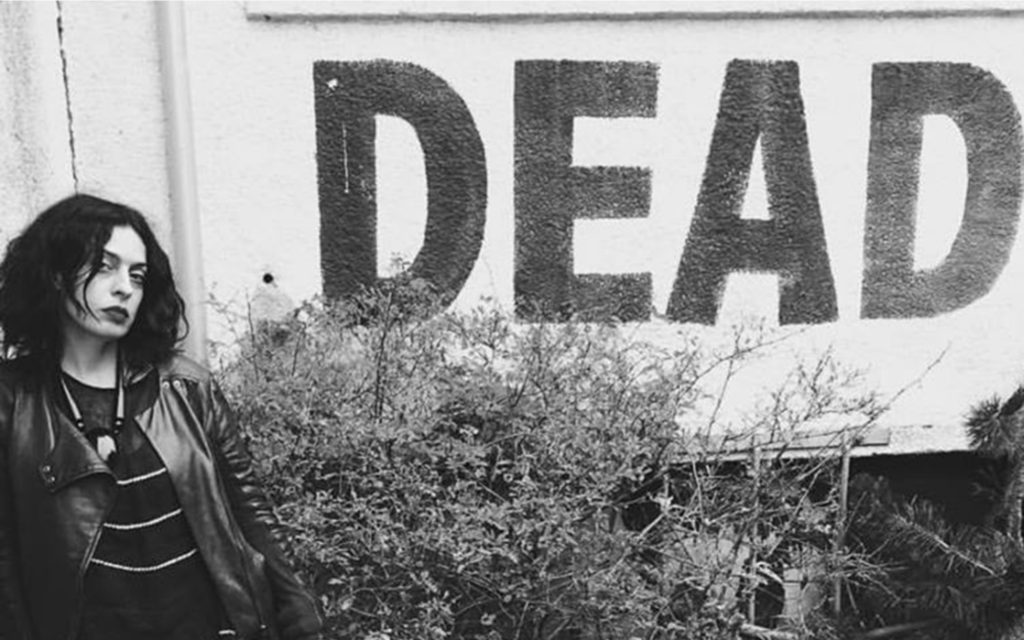
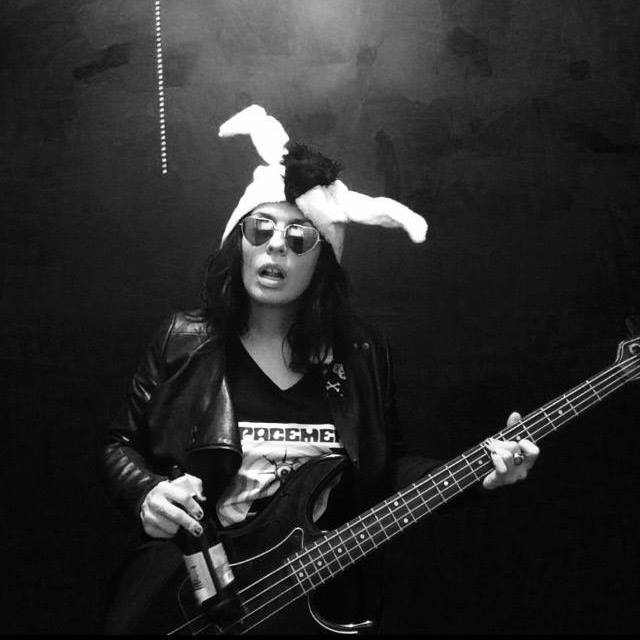
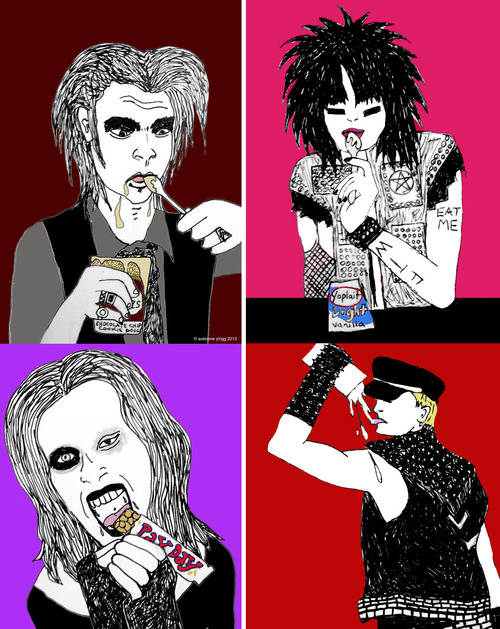

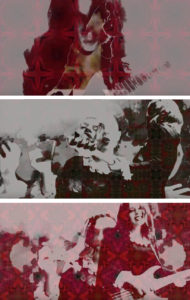
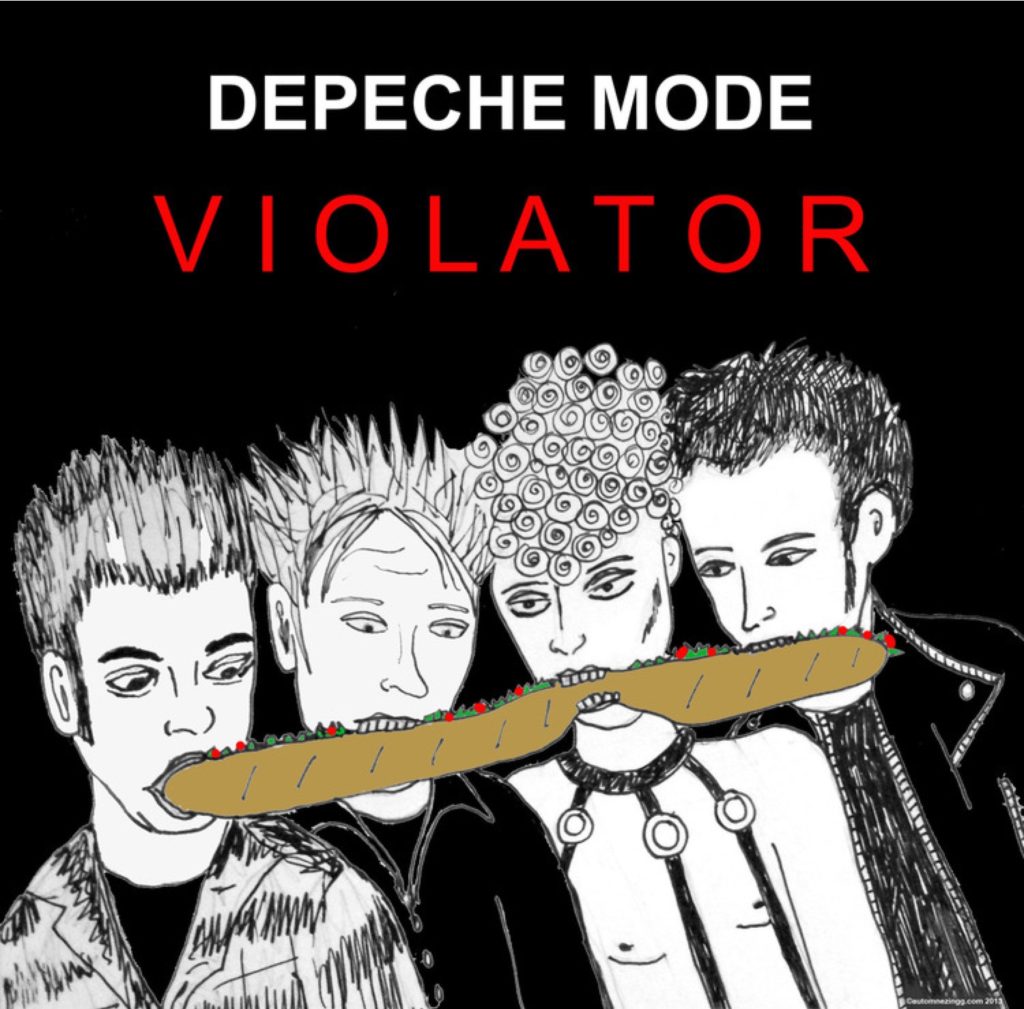
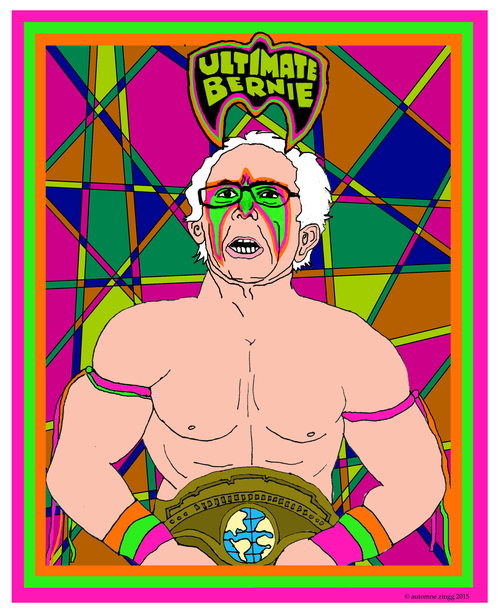
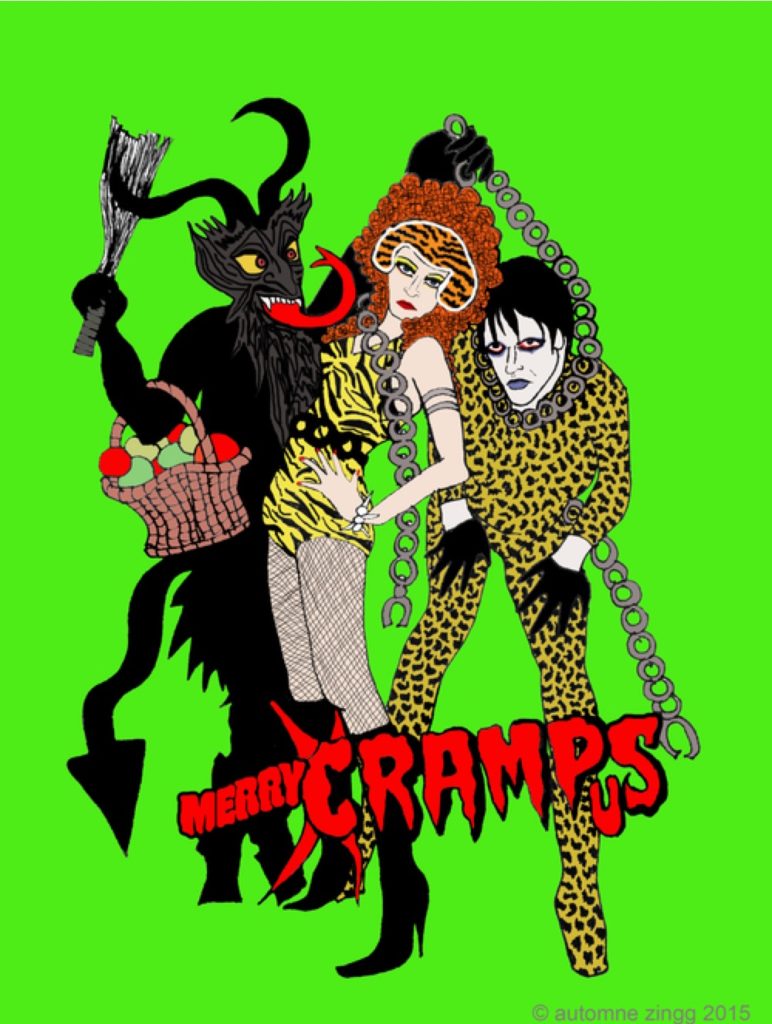
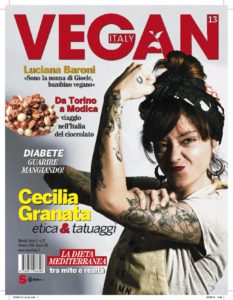 We got word last month that Vegan Italy magazine would be featuring Cecilia Granata, the author and tattoo artist behind our recent cookbook,
We got word last month that Vegan Italy magazine would be featuring Cecilia Granata, the author and tattoo artist behind our recent cookbook, 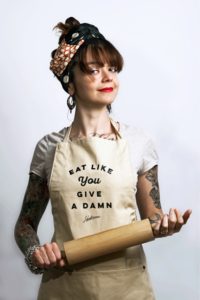 “Vegan Italy magazine is the main vegan paper publication in Italy. It usually focuses on one personality (chef, artist, activist, celebrity, etc.) of the Vegan world (not just Italian) and then adds more articles about veganism, recipes, etc. They interviewed me and asked some photos and decided to put me on the cover because apparently I make a good character. 🙂
“Vegan Italy magazine is the main vegan paper publication in Italy. It usually focuses on one personality (chef, artist, activist, celebrity, etc.) of the Vegan world (not just Italian) and then adds more articles about veganism, recipes, etc. They interviewed me and asked some photos and decided to put me on the cover because apparently I make a good character. 🙂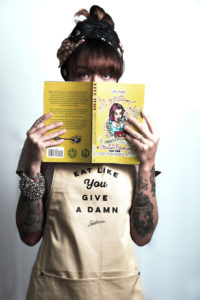 Italian vegan food making has definitely a “healthier” characteristic that is not always found in Vegan made in the USA.
Italian vegan food making has definitely a “healthier” characteristic that is not always found in Vegan made in the USA. 